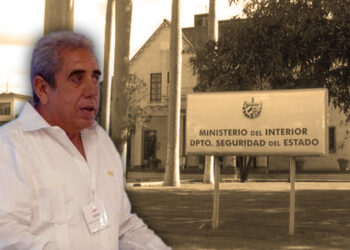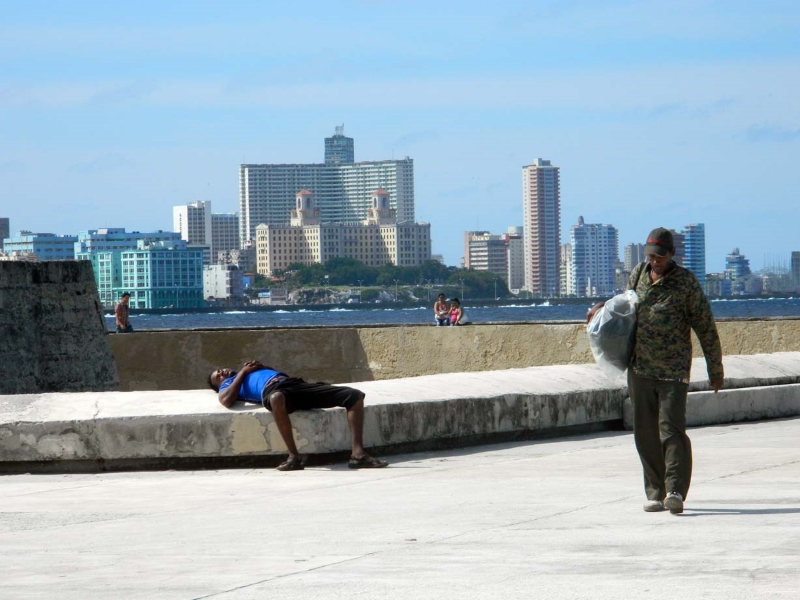Etiqueta: Havana
A White-Attire-Only Affair: Gala Dinner in a Hungry Havana
Next November 11th, the event Le Dîner en Blanc will take place in Havana. The complete package is available for ...
Mired in a Stream of Violence, Havana Shows Its “Virtues” to Tourists
MIAMI, United States – While the 41st Annual International Tourism Fair (FITCuba 20232) transpired recently, in the rest of the ...
One Year after the Tragic Explosion at the Saratoga Hotel
MADRID, Spain. – It’s been one year since the unfortunate explosion at the Saratoga Hotel in Havana, which took the ...
Cuba: A Line of Dust, a Grave for the Living
HAVANA, Cuba. – “Everything in life comes to an end, except that line of dust that remains between the broom ...
Delta Airlines Will Resume Flights between Miami and Havana
MADRID, Spain. – The American airline Delta Airlines will resume flights between Miami and Havana after a three-year hiatus. The ...
On This Side of Bad Luck and Urban Legends
HAVANA, Cuba. – The second month of 2023 isn’t quite over yet, and the year is beginning to resemble –actually ...
There Are a Lot of Crazy People in Havana
HAVANA, Cuba. – When I was a kid, I often ran into this bearded mulatto man, in his forties. He ...
Mexican Airline Viva Aerobus Inaugurates Flight to Havana
MADRID, Spain. – Low-cost Mexican airline Viva Aerobus started a neew route to Havana this week from Felipe Ángeles International ...
The Capri Hotel, the first hotel-and-casino built by mobsters in Havana
MIAMI, United States. – Havana’s Capri Hotel was inaugurated on November 27th, 1957. It is one of the most representative ...
Happiness Can Be Found in San Isidro, Not in Marianao
HAVANA, Cuba. – The British magazine Time Out has included the San Isidro neighborhood in Old Havana among the 25 ...


















